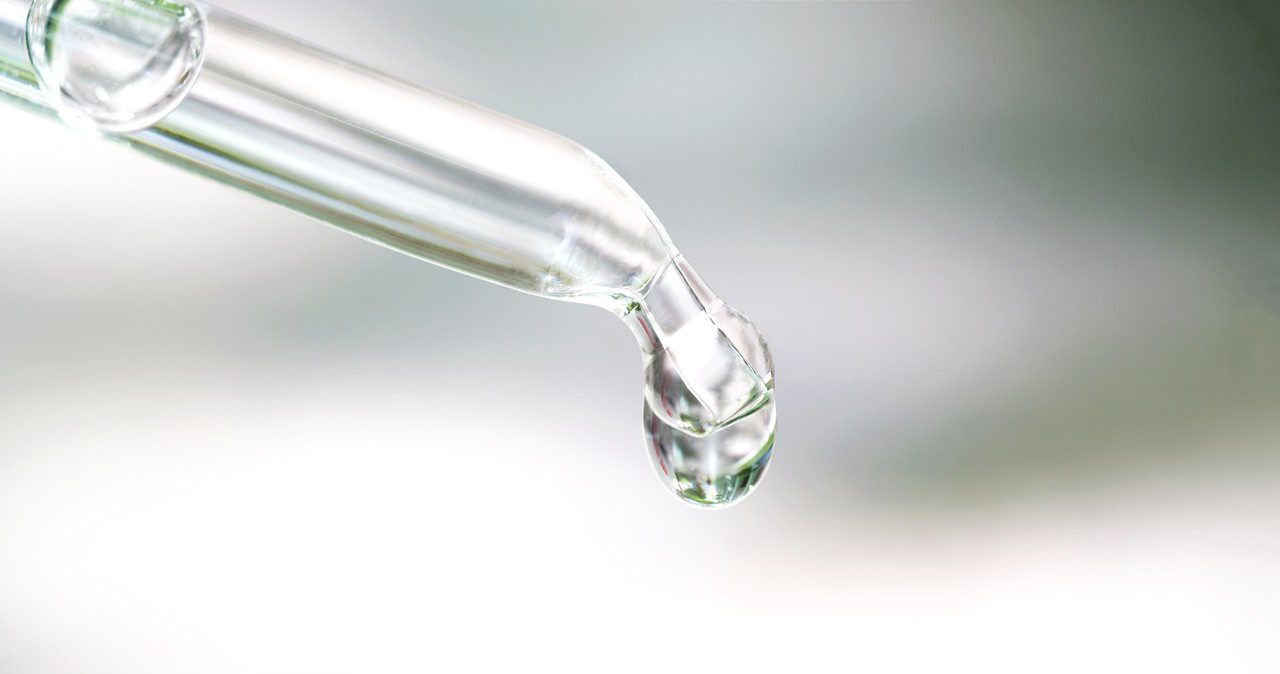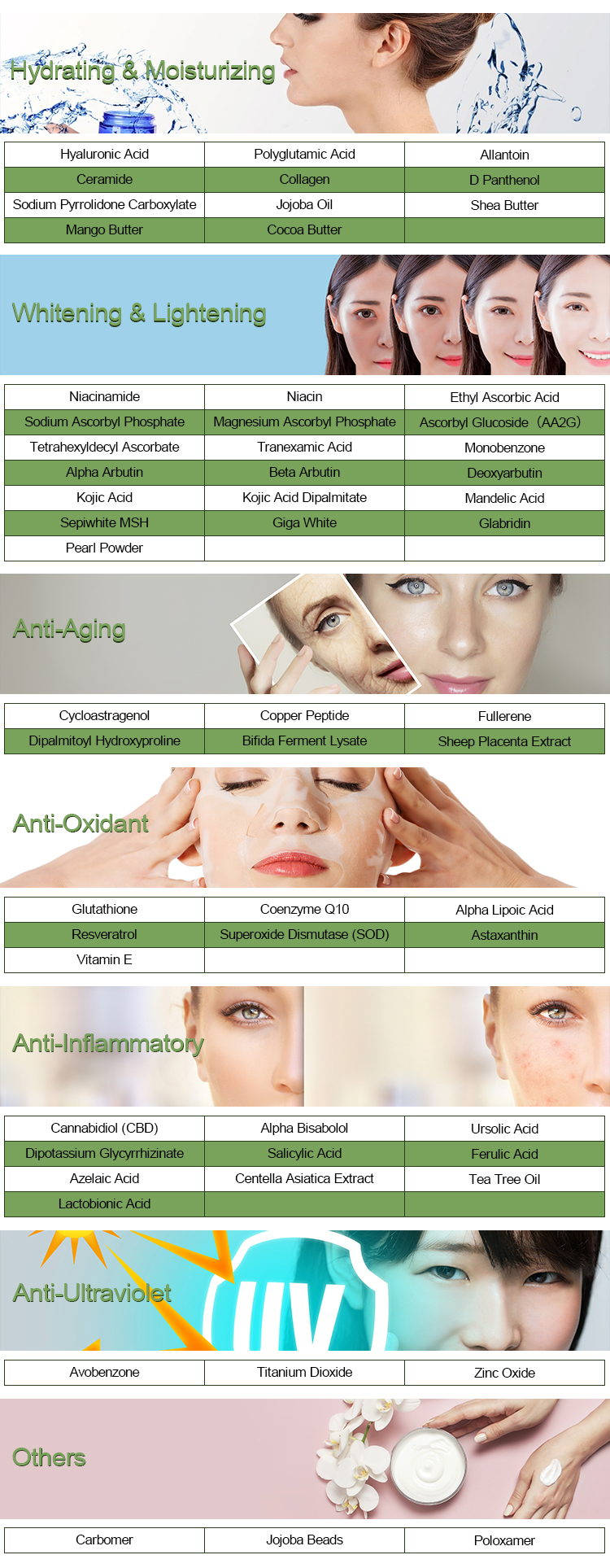Sericin is a natural protein derived from silkworms (Bombyx mori) and is a key component of silk fibers. It has several applications, including in cosmetics, textiles, and biotechnology. The basic ingredients of sericin are:
Amino Acids: Sericin is primarily composed of amino acids, which are the building blocks of proteins. The specific amino acid composition of sericin can vary, but it typically contains a significant amount of serine, asparagine, and glycine. Other amino acids like threonine, leucine, and alanine are also present.
Proteins: Sericin is a protein itself, and it consists of a complex mixture of proteins that are interconnected within the silk fibers. These proteins provide various functional properties to sericin, such as its ability to moisturize and nourish the skin when used in cosmetics.
Water: Sericin is hygroscopic, meaning it can absorb and retain water. This property makes it useful in cosmetics, as it can help to hydrate and retain moisture in the skin.
Polypeptides: Sericin is made up of polypeptides, which are chains of amino acids linked together. These polypeptides contribute to the protein’s structure and functionality.
Sugars: While sericin is primarily a protein-based substance, it may also contain small amounts of carbohydrates or sugars.

Sericin is often extracted from silkworm cocoons after the silk threads have been reeled off for textile production. It is typically obtained through processes like degumming and purification. Once extracted, sericin can be used in various applications, such as in skincare products, wound dressings, and as a biocompatible material in biotechnology and tissue engineering.
Efficacy and function of Sericin
Sericin is a natural protein derived from silkworms, and it has gained attention in various industries, including cosmetics, textiles, and medicine, due to its unique properties and potential benefits. Here are some aspects of the efficacy and functions of sericin:
Moisturizing and Hydration: Sericin is known for its ability to retain moisture and improve the skin’s hydration. In cosmetics, it is often used in skincare products to help moisturize and hydrate the skin, making it soft and supple.
Skin Barrier Function: Sericin can help strengthen the skin’s barrier function, which is essential for protecting the skin from environmental factors, such as pollutants and UV radiation. This can help reduce skin damage and sensitivity.
Anti-Aging Properties: Some studies suggest that sericin may have anti-aging properties. It can improve skin elasticity and reduce the appearance of fine lines and wrinkles. This makes it a valuable ingredient in anti-aging skincare products.
Wound Healing: Sericin has been investigated for its potential wound-healing properties. It may aid in the healing process of wounds by promoting tissue repair and reducing inflammation.
Hair Care: Sericin is also used in hair care products. It can help improve the overall condition of hair, making it smoother and shinier. Sericin can also protect hair from damage caused by styling tools and environmental stressors.

Textiles: In the textile industry, sericin is used to enhance the properties of silk fabrics. It can improve the strength, texture, and dyeability of silk fibers. Sericin also has antimicrobial properties, which can make textiles more resistant to bacterial growth.
Biomedical Applications: Sericin has shown promise in various biomedical applications, such as drug delivery systems and tissue engineering. Its biocompatibility and ability to form gels or films make it useful for these purposes.
It’s important to note that the efficacy of sericin may vary depending on its source, extraction methods, and the specific application. While sericin offers various potential benefits, further research is needed to fully understand its mechanisms and to optimize its use in different fields. As with any skincare or medical product, it’s essential to consult with a healthcare professional or dermatologist before using products containing sericin, especially if you have specific skin or medical concerns.
